Rents are up, mortgage repayments are soaring…even the cost of breakfast has climbed with yoghurt and peanut butter up by 12 per cent in the past year.
The price squeeze on basics affects every household differently, but for many Aussies it’s led to a renewed focus on budgeting.
And while plenty of us view spreadsheets and budgets with dread, not everyone feels the same way. Dotted across the country – and, increasingly, the internet – are women who thrive on bargain-hunting and who have made frugality a way of life.
We spoke to four of them below about their reasons for cutting costs – from aiming for early retirement to caring for family – as well as their money-saving tips.
“We are saving hard so we can retire by 40”
Sarah Lawrie and Laura Turner run the website Keepin’ It Frugal, which offers tips on household cost savings.


When we first moved in together about 10 years ago, we set ourselves a random challenge to cook a different meal every night for six months. Instead of going to restaurants, we experimented with different cuisines.
It was such a fun challenge that we quit our corporate jobs in graphic design to travel. We decided to see how long we could travel with $15,000 each.
We sold most of our furniture and belongings, and left for 12 months, travelling through Europe and most of SouthEast Asia, very occasionally doing freelance graphic design work but mainly just subsisting off our savings. While we ended up coming home (we were homesick!) after that year, we learnt some amazing lessons: namely how to live with less.
After we returned, we learned about the FIRE (financial independence, retire early) movement [which advocates for extreme savings and investments to enable someone to retire early], realised we want to be virtually retired in another four to five years. So we went through our spending forensically, set up a strict budget and started tracking where all our money was going.
We launched Wandercooks – a blog offering cooking tips and recipes based on different styles of cooking – in 2015, and Keepin’ It Frugal in 2019. The majority of our income is from display ads on the site, and we save 50 per cent of our income. We do this in a range of ways. We only buy secondhand clothes, only have one subscription TV plan at a time, and we plan ahead to buy petrol at its lowest price by using the PetrolSpy app and checking ACCC petrol price guide. This alone saves us at least $500 a year.
We always check out clearance bins in the grocery store for things like day-old sourdough bread and only buy in-season produce because it’s cheapest — especially if they’re overstocked.
Last year we bought our first house – the worst one on the best street near a beach – and we are renovating it ourselves. We have saved $3000 by painting it ourselves (just one room to go!) At this stage we should mortgage free in two to three years.
“Being a neurodivergent family is expensive”
Kelly Lakeford cares for her two neurodivergent children and saves on expenses mostly by buying food on markdown. She has a YouTube channel called Frugal Fun Mama.
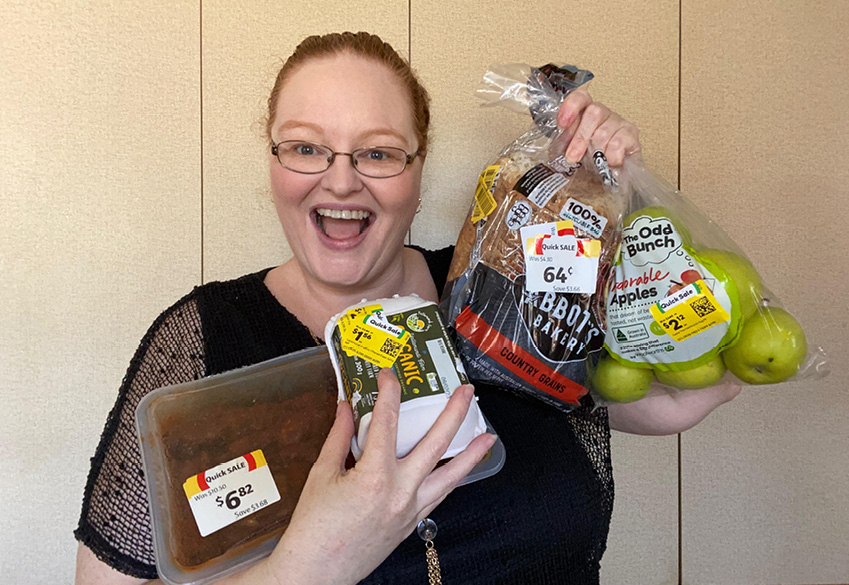

We’re a neurodiverse family and with that comes a lot of expenses. My son and daughter are 20 and 23 and live with us. They have certain requirements and will only eat certain foods.
My partner, an IT worker, is a casual contractor while I’m a homemaker and occasional Zumba instructor. I also run my own YouTube channel, Frugal Fun Mum. Our household income is under $80,000 per year.
We are mortgage-free (we paid off $140,000 in under six years), and we always have money for emergencies – but it wasn’t always like this.
In 2003, we were living paycheque to paycheque, so I started devising a budget, and realised some of the first savings we could make were with the food. I got seriously into markdown shopping about 10 years ago, and now I know what I’m willing to pay per kilo depending on the item, and where to shop at what time.
I buy marked down cooked chicken, which is usually $12, at 50% off or more. Last week, I got four roast chickens for $3 each, pulled off all the meat (2.1kg) which we use of pizza toppings. A regular kg of chicken is $11, so I’m paying less than $6 for 1 kg of cooked chicken. I do portion control some meals, too, so we don’t have any waste and will freeze any leftovers.
I have a meal list of about 30 meals that we all like, so I will just cook what I have found via markdown that week. If meat is too expensive, it will get swapped out for another meal.
Usually, I just go into stores when I’m passing after a Zumba class, usually an hour before close is best here in SA (our stores close earlier than eastern states). I just go into stores when I’m passing after a Zumba class, usually an hour before close (in SA our stores close earlier than eastern states). I look online first at the catalogues to see the half price specials, but find they don’t always have everything so I will also look in store .
I use the Coles and Woolworths reward programs for my shops, which saved my $670 last year. My goal this year is to save $800! I also move between the different supermarkets, including ALDI, to get the cheapest price by checking ahead online. I will buy fresh fruit and veg and an independent grocery as they are cheaper.
We also have solar panels to offset electricity costs, and don’t heat the house much in winter. Whenever we have visitors, we make sure they’re well-dressed and warm!
“I had to learn to be frugal out of necessity”
Emily has three children and runs a Youtube channel, AussieDebtFreeGirl, which offers frugal living tips.
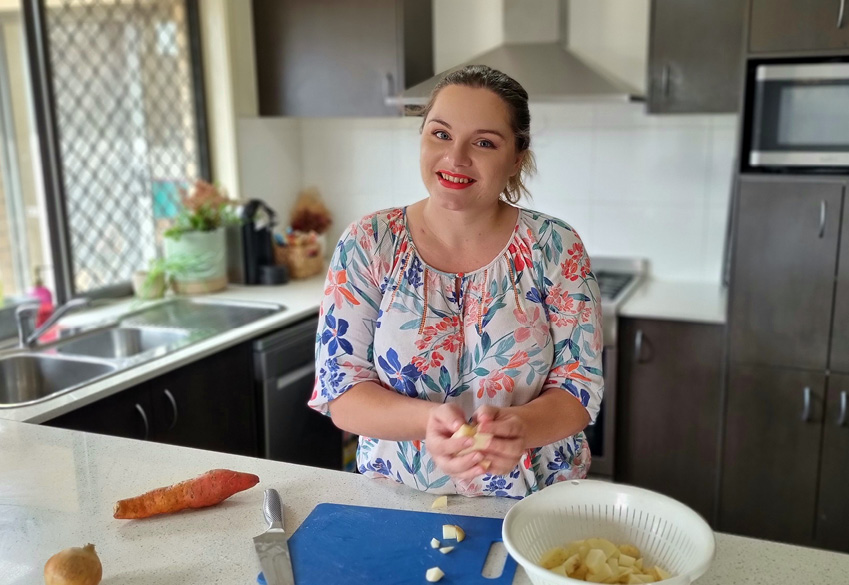

I hate debt, and when my partner and I got together I found out he had $45,000 in debt, which I helped him pay off. Over the years, living frugally has become a bit of a hobby. I’ve helped so many of my friends save money that they convinced me to start my own business – Aussie Debt Free Girl – where I share tips for savings. I also set challenges to live frugally, like only spending $50 for a week of meals at ALDI or Coles.
I find it really satisfying to save on things like recurring bills like electricity, gas, insurance. I always swap providers if I can get a better deal – and sometimes even if the price is the same, provided there’s a perk attached. I will also never pay more than $25 a month for a mobile.
Small things can add up. I return cans for money, buy fruit in season and then store them in the freezer, and I buy presents for birthdays and the following Christmas during the Christmas sales. If I see something my kids will like in January, I’ll buy it and stash it away for Christmas or birthdays. I have a big, plain storage unit where I just collect things, and always have something to give them or their friends. I also buy chocolates just after Valentine’s Day to give to the kids at Easter.
That said, I’m not against some comforts — I’m a mum of three, so I’ll run the dryer in winter and pay the extra $15 to $20 just so everyone can have dry clothes. I’ve also learnt to buy quality. No more $50 vacuums that keep breaking down!
“I’ve saved thousands with credit card points and cashback”
Arushi Srivastava uses tools like credit card points and cashback programs to save money. She works for Cashrewards.
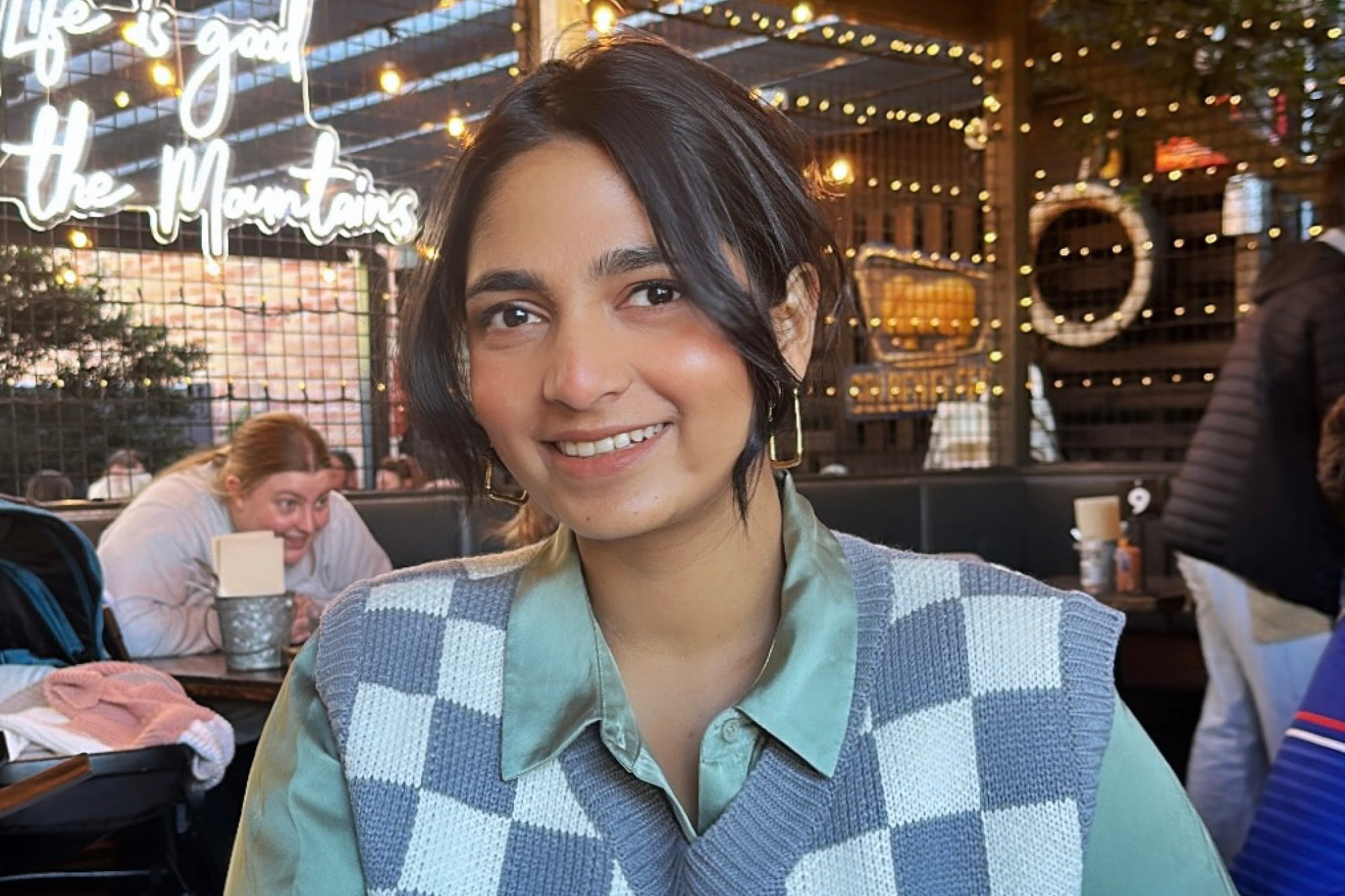

I’ve always been conscious of money. I call it ‘First Daughter’ syndrome. I’ve always wanted to be financially independent and – more than that – to be someone my parents can rely upon in the future.
When I was at uni, I used to take advantage of sites like GroupOn so I could save on meals and get discounts. Then, I got really into the whole credit card points system. Today, I put everything on my credit card, from my groceries, petrol to recurring payments like health insurance or home insurance as well as food, drinks and shopping. Then I convert the points or buy flights and travel.
Now, I work at Cashrewards, which gives cashback on some of my favourite brands like The ICONIC, Apple and Booking.com. I’ve saved $800 in the past year on big-ticket items like an Apple Watch, which I was holding off on for a while, as well as a trip to Cairns I planned for my partner for his birthday. But I also save on the everyday grocery and food delivery purchases. I always wait for good cashback deals to book things like travel.
I spend a lot of timing researching to get the best value, especially with things like services and utilities. I spend a couple of hours every fortnight on a Sunday going through my expenses and budget.
For a while, money was something that made me nervous, but I’ve been on a journey to understand my finances. I’m not there yet, but my advice is to start small and see what works for you.




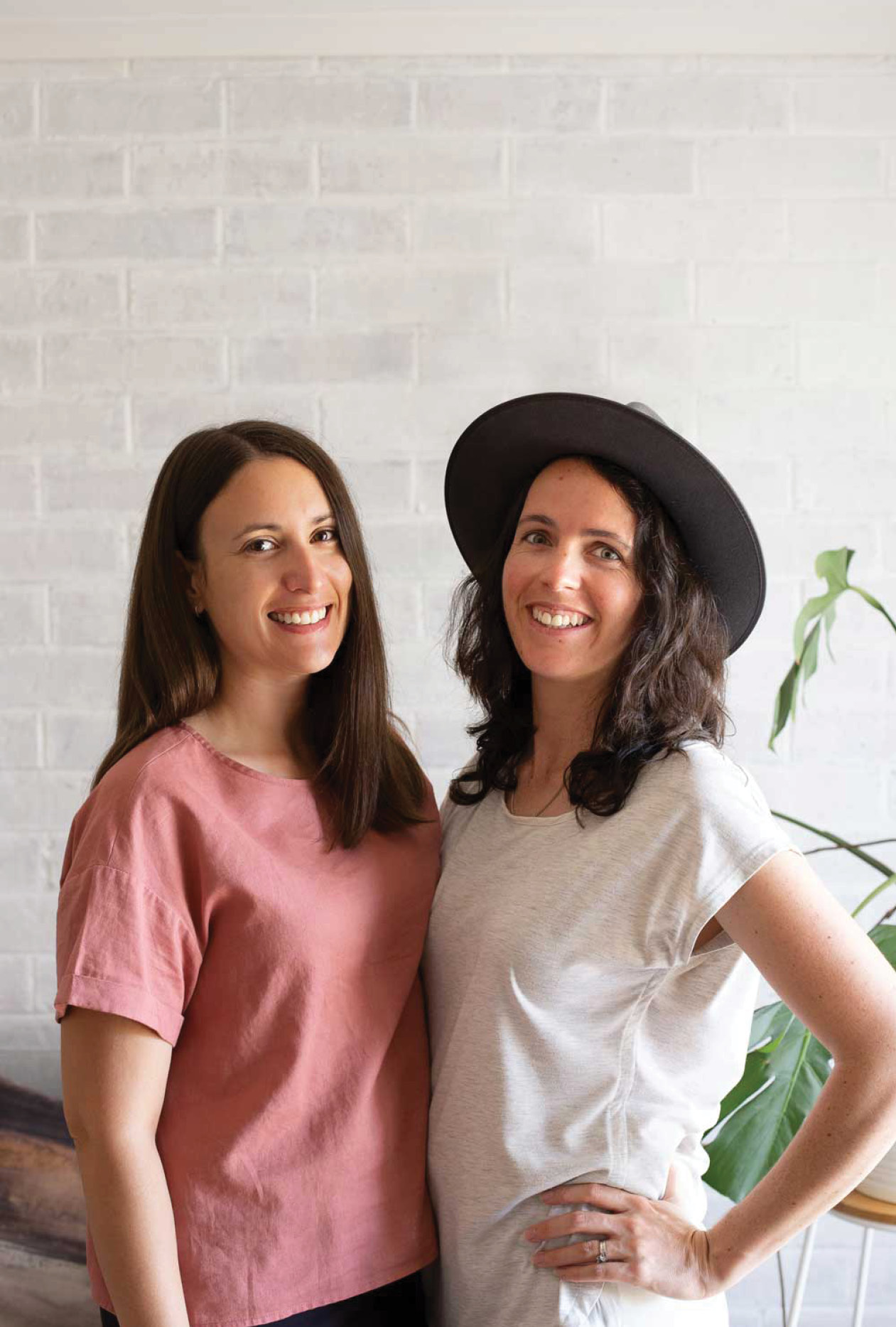
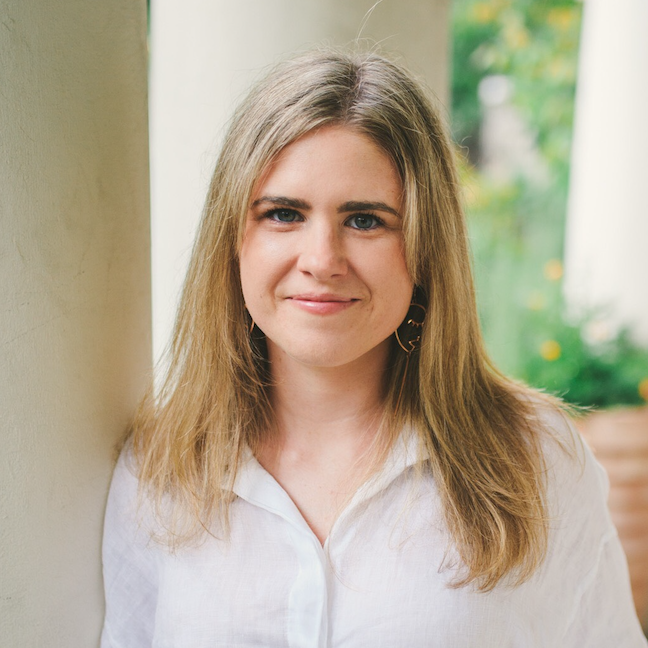

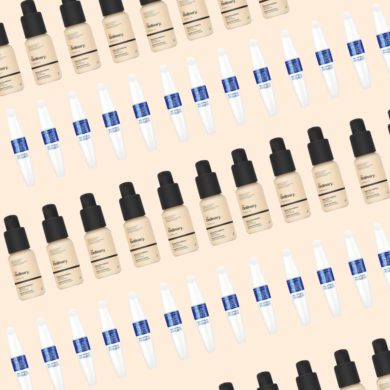
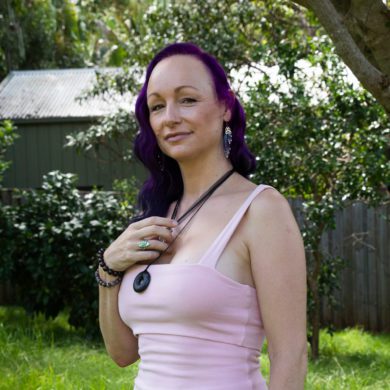

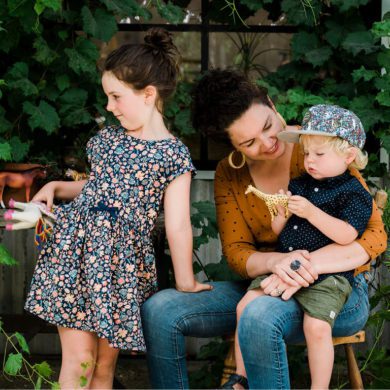
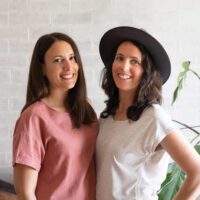
No Comments